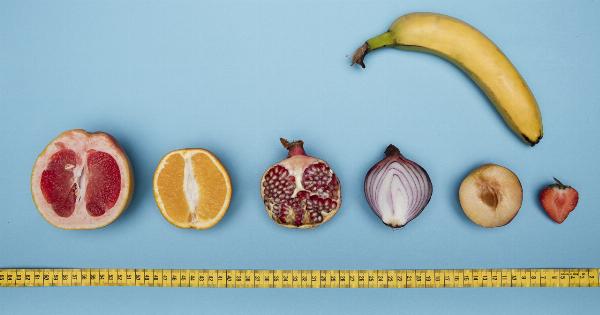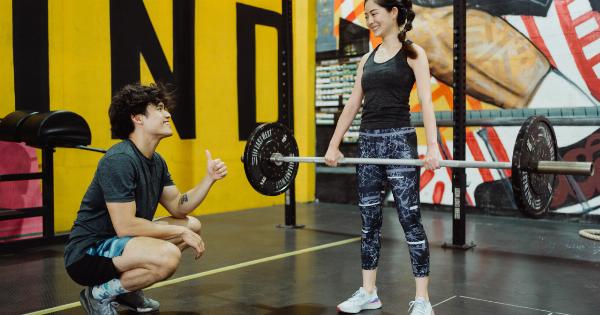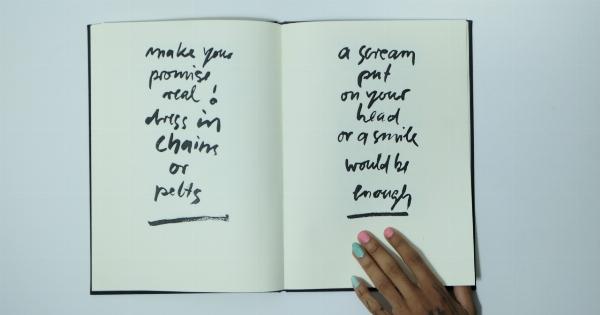Sexual pleasure is often considered a taboo topic, particularly for women. Even in a society that is becoming increasingly sex-positive, women’s sexual pleasure and expression are often ignored or stigmatized.
One major contributing factor to this issue is gender bias in sexual pleasure, commonly referred to as the “O gap”. This term refers to the fact that men are more likely than women to achieve orgasm during sexual activity, and the gap in pleasure between the genders is particularly pronounced in heterosexual relationships.
What is the O Gap?
The O gap is a term used to describe the disparity in orgasm frequency between men and women. In general, men are more likely to achieve orgasm during sexual activity than women.
This gap is particularly pronounced in heterosexual relationships, where women are less likely to experience orgasm during intercourse than men. While some studies have shown that men and women experience similar rates of orgasm during masturbation, there is a significant gap between the sexes in partnered sexual activity.
Why Does the O Gap Exist?
There are a number of reasons why the O gap exists. One major issue is the cultural and social conditioning that women receive around sex and sexuality.
Women are often taught to prioritize their partner’s pleasure over their own, and to downplay their own desires and needs. There is also a lack of sexual education and information available to women, particularly about their own bodies and sexual responses. Many women are not taught about their clitoral anatomy, which is a key component of female sexual pleasure.
In addition, there are physiological and psychological factors at play. Women have a shorter refractory period than men, which means they are theoretically capable of experiencing multiple orgasms in rapid succession.
However, most women do not experience this because they are not provided with the opportunity to fully explore their own pleasure. Additionally, women may experience anxiety or shame around sex, or they may struggle with physical issues like pain during intercourse, which can inhibit their ability to experience orgasm.
Breaking the O Gap
Breaking the O gap requires a multipronged approach that addresses both societal conditioning and individual factors. One major step is to provide comprehensive sexual education that includes information about female anatomy and pleasure.
This education should not only be available in schools, but also in doctors’ offices and community centers. Additionally, efforts should be made to destigmatize and normalize discussions around sex and pleasure, particularly for women.
Individuals can also take steps on their own to break the O gap.
This may include exploring one’s own body through masturbation, communicating clearly with partners about desires and boundaries, and prioritizing one’s own pleasure during sexual activity. Women may also benefit from connecting with online communities or attending workshops that focus on female sexual pleasure and empowerment.
The Importance of Addressing the O Gap
Addressing the O gap is not just a matter of sexual pleasure- it is also a matter of gender equity.
When women are able to fully embrace and explore their own sexual desires and pleasure, they are better able to advocate for themselves and demand respect in other areas of their lives. Additionally, relationships in which both partners prioritize each other’s pleasure and communicate openly and honestly about sex are often more satisfying and fulfilling.
Conclusion
The O gap is a significant issue in our society, but it is one that can be overcome with education, communication, and empowerment.
Women deserve to experience the same levels of pleasure and fulfillment as men, and breaking the gap requires a societal shift toward greater acceptance and understanding of female sexuality.





























